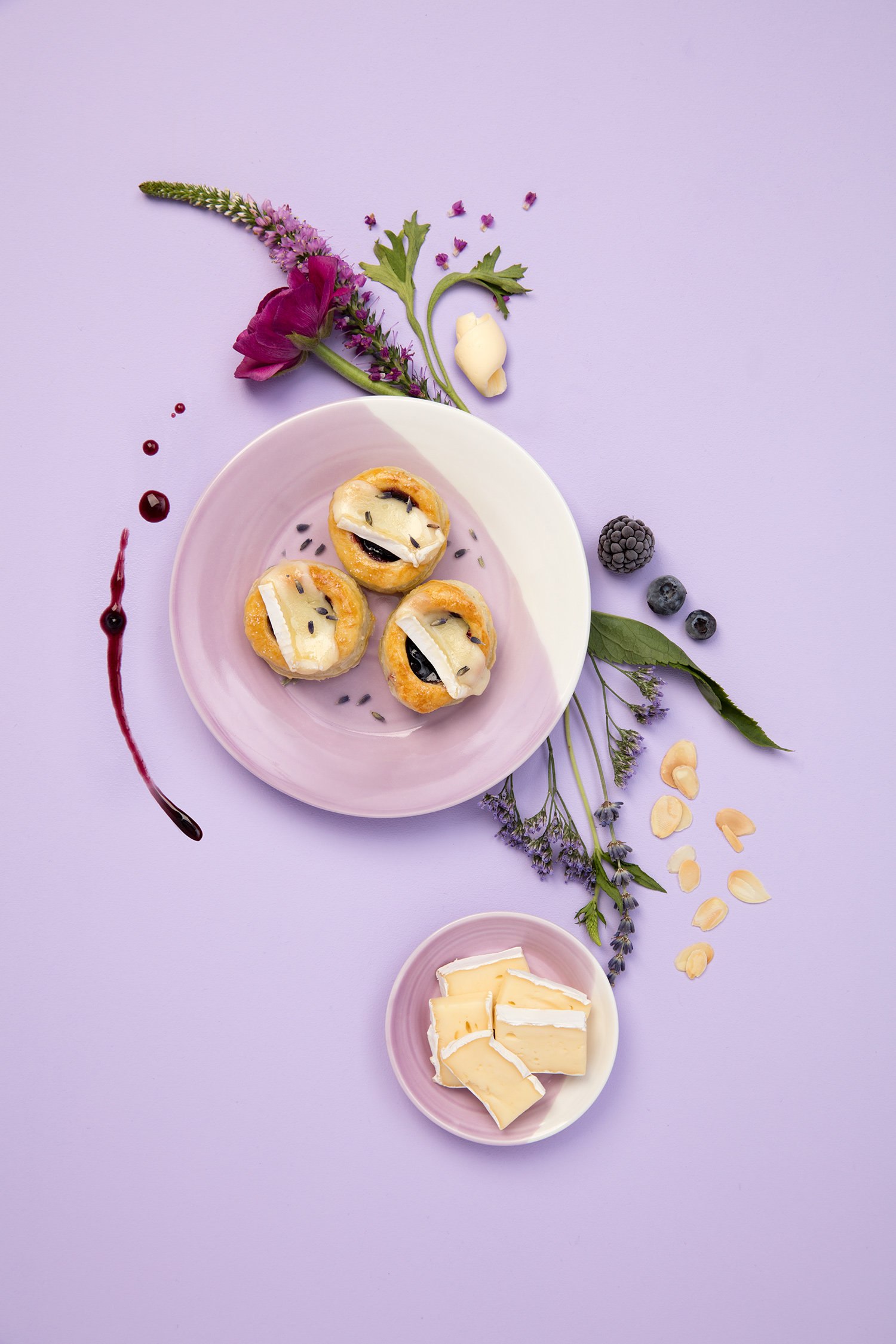Shop At Haya: Your Ultimate Shopping Guide
Discover the best shopping tips, trends, and deals for a smarter buying experience.
Snap, Sizzle, and Savor: Capturing Deliciousness in Every Bite
Discover mouthwatering recipes and food photography tips that will make every bite irresistible. Snap, sizzle, and savor the taste!
The Art of Food Photography: Tips to Snap Stunning Culinary Shots
Food photography is a captivating blend of art and science, where the goal is to make culinary creations look irresistible. To achieve stunning shots, focus on lighting; natural light is your best friend. Shoot near a window during the golden hour — just after sunrise or before sunset — to capture dishes in their best light. Experiment with different angles, such as a bird’s eye view or a side angle, to find the most appealing perspective for each dish. Remember to keep the background simple and uncluttered to ensure that the food remains the star of the shot.
Another important aspect of food photography is composition. Utilize the rule of thirds to create a balanced image, placing the main subject off-center for a more dynamic feel. Incorporate props like utensils, napkins, or ingredients to add context and storytelling elements to your photos. Don’t forget to style your food! Small touches, like a sprinkle of herbs or a drizzle of sauce, can enhance the visual appeal. Lastly, post-processing is key; use editing software to enhance colors and adjust brightness, but aim to keep the food looking natural and appetizing.

Exploring Flavor: How to Savor Every Bite Like a Food Critic
Exploring Flavor is not just about eating; it's about truly savoring every bite as a food critic would. To elevate your eating experience, start by embracing the art of tasting. This means engaging all your senses before the first bite. Observe the dish's colors and presentation, inhale the aromas, and listen to the sounds of the food being served. Once you dive in, focus on the flavors and textures, identifying the unique notes that make each dish special. Take your time—allow each bite to linger and unfold on your palate. This mindful approach enhances your appreciation of not just the food itself, but also the skill and creativity that often goes into each dish.
Furthermore, adopting a food critic's mindset will deepen your appreciation for culinary artistry. Consider keeping a food journal where you jot down your thoughts on each meal. Evaluate the balance of flavors, the harmony of textures, and the overall experience. Ask yourself what makes the dish exceptional or what could elevate it further. Engage in discussions with friends or fellow food enthusiasts to gain different perspectives. By analyzing each dish critically, you will not only elevate your own dining experiences but also gain insights into the culinary world, paving the way to becoming a connoisseur who truly savors every bite.
What Makes Food Irresistible? The Science Behind Taste and Presentation
Understanding what makes food irresistible involves delving into both the science of taste and the art of presentation. The human palate is finely tuned to detect five primary tastes: sweet, salty, sour, bitter, and umami. Each of these tastes plays a crucial role in our food preferences. For instance, sweetness can trigger the release of feel-good hormones, while umami flavors can enhance overall satisfaction. Additionally, the balance of these tastes can elevate a dish from mundane to irresistible. Scientists have also discovered that texture, aroma, and even sound can influence our perception of food, making the sensory experience truly multi-faceted.
Presentation is equally important in the quest for irresistible food. A dish that is visually appealing not only stimulates appetite but also enhances the overall dining experience. Color contrast, plating techniques, and garnish all contribute to the aesthetic value of food. According to research, people are more likely to enjoy a meal when it looks good, as the visual appeal can activate certain brain areas associated with pleasure. Therefore, chefs and home cooks alike should focus on presentation alongside flavor to create dishes that are not just tasty but also captivating to the eye.